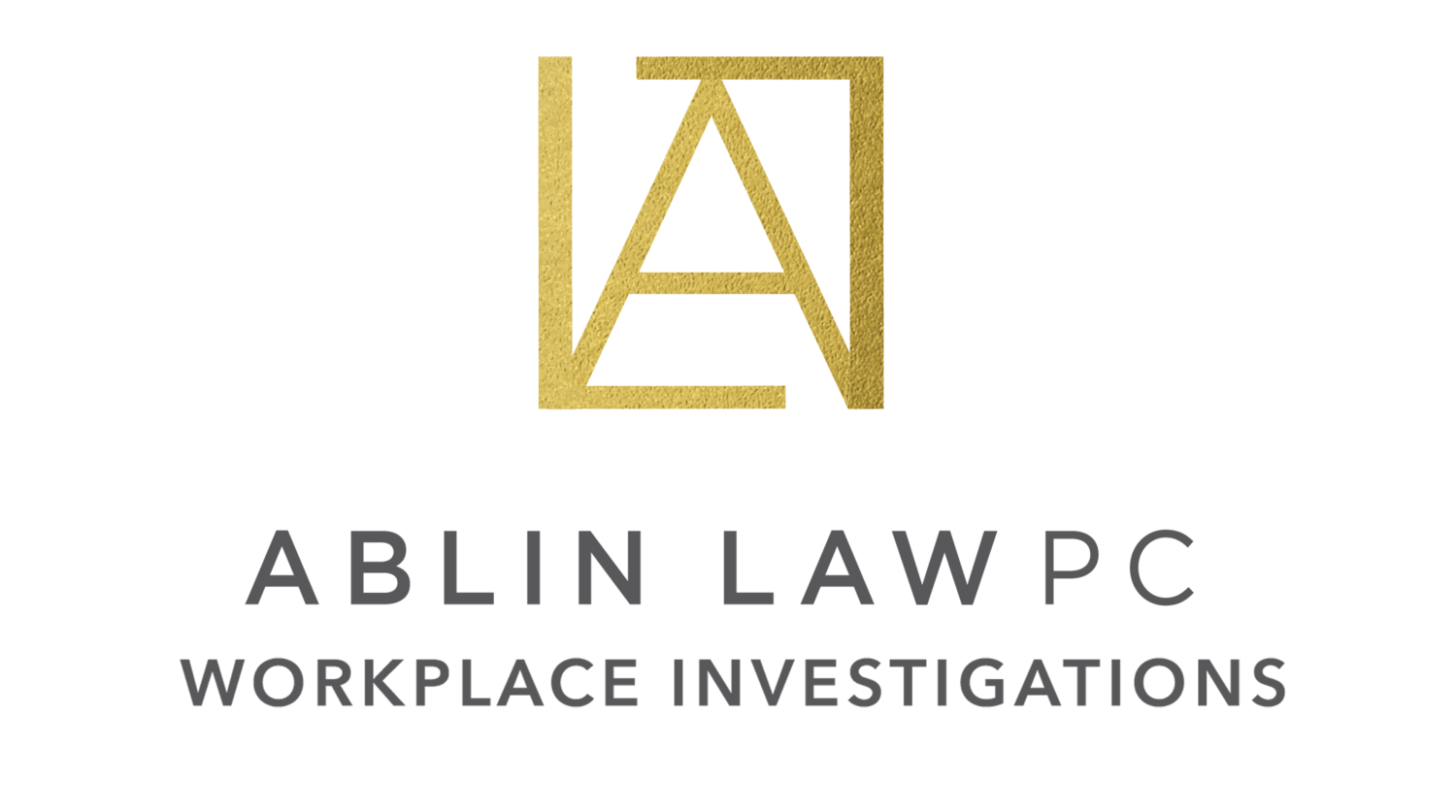As any employer who has ever faced litigation stemming from allegations of harassment will tell you, having internal harassment policies, procedures and training can help bolster the employer’s case. Of course, Title VII of the Civil Rights Act prohibits harassment and discrimination in the workplace, but the method of ensuring compliance isn’t specified under the law.
Having a solid foundation for, and documentation of, the employer’s compliance with the Civil Rights Act, and anti-harassment stance can also help stop harassment from happening in the first place, lowering instances of misconduct allegations and lowering the need for internal investigations. However, simply buying an off-the-shelf harassment policy and disseminating it to workers isn’t likely to have much of an effect.
Here are some of the key elements of harassment policies and training designed to both protect workers and lower an employer’s risk of liability:
More than just words on the page
To be effective, the harassment policy should be explained to all employees through mandatory training. Best practices about what that training should entail include:
-
Start with the basics. Define both sexual harassment and other types of harassment in clear terms.
-
Distribute the policy. Explain the employer’s policy about harassment to employees, and make sure employees either receive a copy of the policy or know where they can find it.
-
Show, don’t tell. Use examples to show employees what unacceptable behavior looks like.
-
Explain the risks. Discuss the potential consequences of workplace harassment, both for the employer and for an employee who is found to have harassed others in the workplace. If employees will be subject to termination if it is found that harassment occurred, make sure everyone knows that is the outcome.
-
Encourage prompt reporting. Detail how an employee should report allegations of workplace harassment, and make it clear that allegations should be raised in a timely manner. Be sure to identify how, and to whom, employees should escalate their concerns in the event that the employee’s supervisor or manager is involved in the allegation, or is not available to take the report.
-
Emphasize bystander intervention. Recently, an EEOC Select Task Force released a Study of Harassment in the Workplace. In it they recommend that employers further empower employees to intervene when they see any behavior that could be considered harassment, or behavior that could lead to harassment. This training will focus mainly on promoting respect and civility, instead of just speaking of liability, helping to stem issues before they ever arise.
-
Calm employees’ fears. Make it clear that employees will not be penalized or face any type of retaliation from reporting activities involving harassment.
-
Train leaders. In addition to sitting through training as employees themselves, supervisors, managers and HR personnel should all receive additional harassment training so they know what to do when receiving a report of alleged workplace harassment.
-
Documentation matters. Have all employees sign a statement after they have completed harassment training, confirming they attended, and confirming they understand and agree to comply with the employer’s policy prohibiting workplace harassment.
-
Initial and refresher training. All new employees should be required to complete harassment training as a condition of continued employment, but employers should also require all personnel to participate in harassment training on an annual or more frequent basis.
Protect Employees, Protect Your Company
Allegations of workplace harassment should never be taken lightly. Harassment can have real consequences for employers, who may be held legally responsible for their employee’s actions in certain circumstances. One of the best ways to assert a defense against such liability is to show that the employer had policies, procedures and training programs in place designed to prevent workplace harassment.
Harassment training can also help employees feel more comfortable in the workplace, knowing that the employer is serious about protecting workers.
While harassment training itself is not a requirement under the law, savvy employers understand its potential benefits and have had training programs in place for years. Of course, harassment training cannot eliminate the risk of a lawsuit. However, it can go a long way in protecting employers from legal liability.


Recent Comments